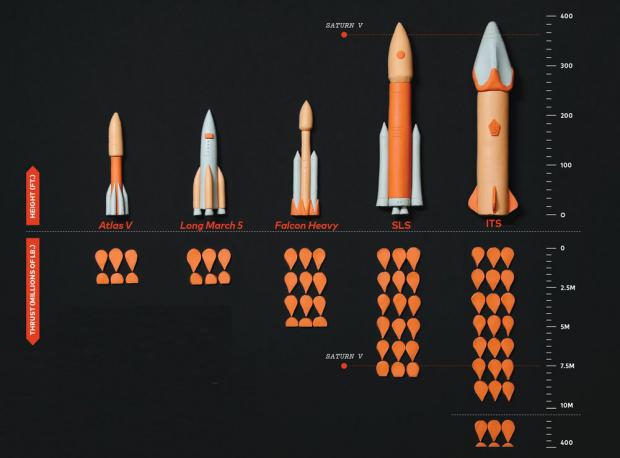
Breaking News
 They've Been Feeding You Poison (And Calling It Food)
They've Been Feeding You Poison (And Calling It Food)
 Tattoo ink may cause prolonged changes to the immune system
Tattoo ink may cause prolonged changes to the immune system
 Travel gadget promises to dry and iron your clothes – totally hands-free
Travel gadget promises to dry and iron your clothes – totally hands-free
 Duckweed: A sustainable, protein-packed food source smeared by Big Ag
Duckweed: A sustainable, protein-packed food source smeared by Big Ag
Top Tech News
 Perfect Aircrete, Kitchen Ingredients.
Perfect Aircrete, Kitchen Ingredients.
 Futuristic pixel-raising display lets you feel what's onscreen
Futuristic pixel-raising display lets you feel what's onscreen
 Cutting-Edge Facility Generates Pure Water and Hydrogen Fuel from Seawater for Mere Pennies
Cutting-Edge Facility Generates Pure Water and Hydrogen Fuel from Seawater for Mere Pennies
 This tiny dev board is packed with features for ambitious makers
This tiny dev board is packed with features for ambitious makers
 Scientists Discover Gel to Regrow Tooth Enamel
Scientists Discover Gel to Regrow Tooth Enamel
 Vitamin C and Dandelion Root Killing Cancer Cells -- as Former CDC Director Calls for COVID-19...
Vitamin C and Dandelion Root Killing Cancer Cells -- as Former CDC Director Calls for COVID-19...
 Galactic Brain: US firm plans space-based data centers, power grid to challenge China
Galactic Brain: US firm plans space-based data centers, power grid to challenge China
 A microbial cleanup for glyphosate just earned a patent. Here's why that matters
A microbial cleanup for glyphosate just earned a patent. Here's why that matters
 Japan Breaks Internet Speed Record with 5 Million Times Faster Data Transfer
Japan Breaks Internet Speed Record with 5 Million Times Faster Data Transfer
Whose is bigger? How all the Mars-bound rockets stack up

Like everything else in the 1960s, NASA's Saturn V rocket set a mark for extreme. At 363 feet tall, with 7.5 million pounds of liftoff thrust, it lifted six moon-bound missions into space. Retired in 1973, it remains the tallest, heaviest, and most powerful rocket our species has ever built. With moon missions on hold, we haven't needed anything close to its capacity. Until now. As governments and private companies race to send astronauts to Mars, bigger is once again better—and necessary. Whose heavy-lifter is the biggest and baddest? Here's how they stack up.
United Launch Alliance's Atlas V
In 2011, United Launch Alliance's Atlas V lifted off with the largest thing that's ever landed on Mars—NASA's one-ton Curiosity rover. In 2020, it'll carry Curiosity's cousin. Having safely launched to Earth orbit and beyond 71 times, the Atlas V is ultra reliable.
Maximum Mars payload: 11,000 pounds
Cost to launch: $163 million
China's Long March 5
China has been slow to the space race, but it is catching up fast. Its most powerful rocket to date, Long March 5, will deliver a Chinese space station—plus astronaut inhabitants—into Earth orbit, and send the nation's first rover to Mars by 2020.
Maximum Mars payload: 10,300 pounds
Cost to launch: Unknown
SpaceX's Falcon Heavy
Falcon Heavy, debuting this year, can lift twice as much weight as any current rocket. It may launch a Mars capsule as soon as 2020, followed by crewed missions six years later. If that's the case, SpaceX might beat NASA to putting bootprints in red dust.
Maximum Mars payload: 30,000 pounds
Cost to launch: $90 million
NASA's Space Launch System (SLS)
The first rocket to surpass Saturn V 's strength is slated for takeoff next year. SLS will carry astronauts into lunar orbit a few years later, then bring NASA's first crews to Mars in the 2030s. Or 2040s. It's rocket science, so who knows.
Maximum Mars payload: 90,000 pounds
Cost to launch: $500 million
SpaceX's Interplanetary Transport System (ITS)

 Advanced Propulsion Resources Part 1 of 2
Advanced Propulsion Resources Part 1 of 2

